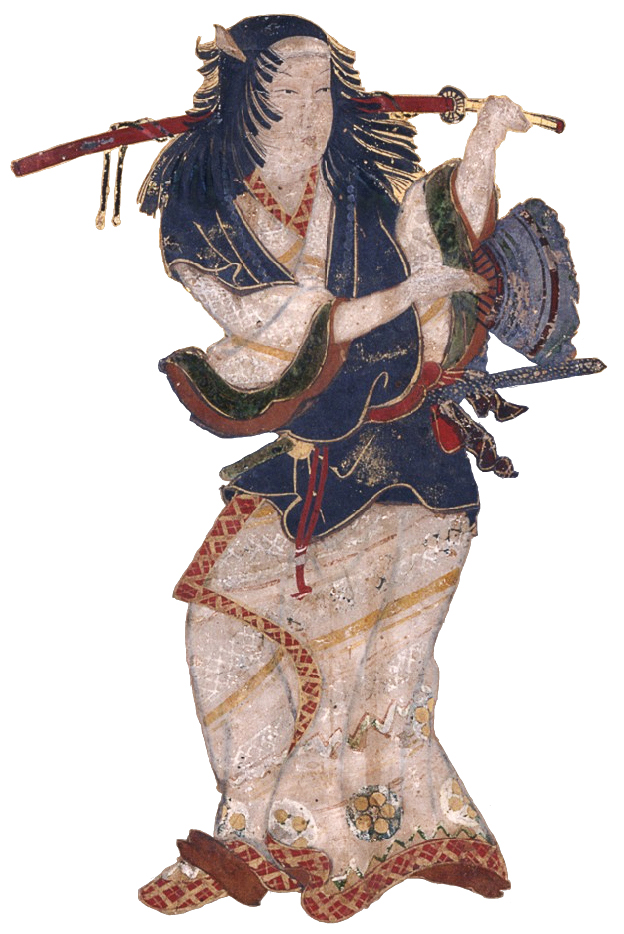|
Namiki Shōzō II
Namiki Shōzō II (並木正三) (died 1807) was a ''kabuki'' playwright and relative of the more prominent Namiki Shōzō I. Though none of his surviving plays are prominent ones, he may have been the author of the 1801 '' Kezairoku'' (or ''Gezairoku''), a kabuki playwriting manual. References *Takaya, Ted T. (1985). "Namiki Shōzō." Kodansha Encyclopedia of Japan. Tokyo: Kodansha Ltd. Kabuki playwrights 1807 deaths Year of birth missing Japanese dramatists and playwrights Writers of the Edo period 18th-century Japanese dramatists and playwrights 19th-century Japanese dramatists and playwrights 18th-century Japanese people {{Japan-writer-stub ... [...More Info...] [...Related Items...] OR: [Wikipedia] [Google] [Baidu] |
Namiki Shōzō I
Namiki Shōzō I (並木正三) (1730–1773) was a prominent Japanese playwright who produced roughly 100 works for ''bunraku'' (puppet theater) and for ''kabuki''. Shōzō is also credited with inventing the revolving stage (回り舞台, ''mawaributai''), one of many tricks of stagecraft used extensively in ''kabuki'', and with popularizing the use of trapdoors (セリ上げ, ''seriage''). Shōzō left ''bunraku'' in 1751; adapting plays from ''bunraku'' to ''kabuki'' was a very common practice, and it is likely that many of Shōzō's kabuki plays began as puppet productions. His roughly one hundred plays were mostly '' jidai-mono'' (時代物, historical plays), and include ''Keisei ama no hagoromo'' (The Feathery Garment from Heaven, 1753), ''Sanjikkoku yobune no hajimari'' (The Beginning of the Heavy Cargo Ships on the Yodo River, 1758), and ''Sanzen-sekai yarikuri ōrai'' (Kin'emon the Notorious Pirate, 1772). References *Takaya, Ted T. (1985). "Namiki Shōzō." Kodansha E ... [...More Info...] [...Related Items...] OR: [Wikipedia] [Google] [Baidu] |
Kabuki Playwrights
is a classical form of Japanese theatre, mixing dramatic performance with traditional dance. Kabuki theatre is known for its heavily stylised performances, its glamorous, highly decorated costumes, and for the elaborate make-up worn by some of its performers. Kabuki is thought to have originated in the early Edo period, when the art's founder, Izumo no Okuni, formed a female dance troupe that performed dances and light sketches in Kyoto. The art form later developed into its present all-male theatrical form after women were banned from performing in kabuki theatre in 1629. Kabuki developed throughout the late 17th century and reached its zenith in the mid-18th century. In 2005, kabuki theatre was proclaimed by UNESCO as an intangible heritage possessing outstanding universal value. In 2008, it was inscribed in the UNESCO Representative List of the Intangible Cultural Heritage of Humanity. Etymology The individual kanji that make up the word ''kabuki'' can be read as , , ... [...More Info...] [...Related Items...] OR: [Wikipedia] [Google] [Baidu] |
